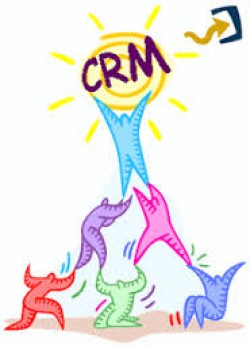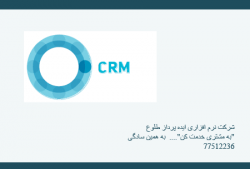

An Over[view] of Customer Relationship Management
CRM is a highly fragmented environment and has come to mean different things to different people McKie (2000). One [view] of CRM is the utilisation of customer related information or knowledge to deliver relevant products or services to customers Levine (2000). Whilst such definitions are widespread they tend to offer a narrow insight into the goals or basic characteristics of CRM. As CRM evolves richer definitions are emerging, with an emphasis on the goals, logistics and complex character of CRM. According to Light (2001), CRM evolved from business processes such as relationship marketing and the increased emphasis on improved customer retention through the effective management of customer relationships.Relationship Marketing emphasises that customer retention affects company profitability in that it is more efficient to maintain an existing relationship with a customer than create a new one Payne et al. (1999) and Reichheld (1996).The idea of relationship marketing within CRM is fairly strong and has led others such as Newell (2000) to explore strategic methods for maintaining or improving customer retention. Another [view] of CRM is that it is technologically orientated. Sandoe et al. (2001) argue that advances in database technologies such as data warehousing and data mining, are crucial to the functionality and effectiveness of CRM systems. For example, Fingerhut has 4 million names of repeat customers, each with up to one thousand attributes, stored in a data warehouse that can hold 4.5 trillion bytes Davenport et al. (2001). Furthermore, Peppard (2000) suggests that technological advances in global networks, convergence and improved interactivity, are key to explaining the growth of E-Business and CRM. The increasing use of digital technologies by customers, particularly the Internet, is changing what is possible and what is expected in terms of customer management Tamminga and O'Halloran (2000). The appropriate use, for instance, of automation technologies, such as interactive voice response systems and web-based frequently asked question pages, could be popular with customers and highly cost effective Petrissans (2000). Despite the appearance of two extremes, the ELMS case study will demonstrate that in reality CRM is a complex combination of business and technological factors, and thus strategies should be formulated accordingly.










یک نظر اضافه کنید
شماره موبایل شما منتشر نخواهد شد.زمینه های مورد نیاز هستند علامت گذاری شده *
امتیاز شما